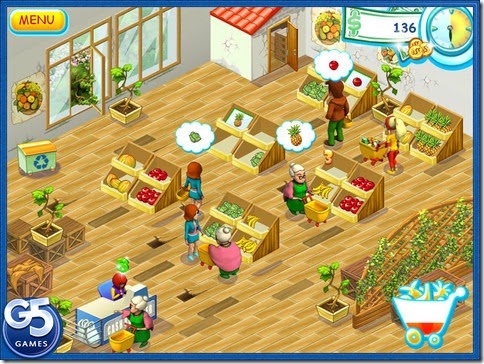

Beef imported from Brazil enters the United States under the open quota system. imports of fresh beef from Brazil are limited by the tariff rate quota system. The embargo was lifted in December 2021, but not before some of Brazil’s beef was redirected to other markets, including the United States. Further, in September 2021, China-the destination for more than 40 percent of Brazilian beef exports in 2021-temporarily embargoed imports of Brazilian beef based on animal health concerns. beef prices and drought-impacted supplies in Australia, where the United States would otherwise source beef, have also contributed to growing imports of processing-grade beef from Brazil. As a result, beef imports from Brazil have risen. In February 2020, the USDA Food Safety and Inspection Service determined that fresh beef from Brazil was eligible for import. Historically, imports from Brazil primarily consisted of heat-treated beef products, including prepared or preserved beef. In January 2022 alone, imports reached nearly 100 million pounds-a more than 500 percent increase relative to the same month a year earlier-with fresh beef accounting for 83 million pounds. demand for processing-grade beef has substantially increased. Imports of beef from Brazil have spiked in the last two years as U.S. This chart appears in the ERS Livestock, Dairy, and Poultry Outlook, July 2022. In addition to rising feed costs, elevated diesel fuel and farm labor costs have also put pressure on farmer margins. As of August 9, 2022, it was estimated that 46 percent of hay is growing in areas experiencing drought.

The SAFP for hay, an important supplement to cattle grazing, is estimated to be 16 percent higher in 2021/22 compared to the average price over the preceding 9 years. Like corn, the SAFPs for other feed grains including sorghum, oats, and barley are projected to increase in 2021/22 relative to 2020/21. The 2021/22 season-average farm price (SAFP) for corn-the primary grain fed to cattle-is currently projected at $5.95 per bushel, the highest SAFP since the 2012/13 marketing year. High fertilizer prices have contributed to increased feed costs while drought conditions have squeezed feed grain and hay supplies. Prices for beef cattle feed were up 16 percent in May 2022 relative to May 2021. Based on the USDA, Economic Research Service (ERS) commodity cost and return estimates, feed expenses are the largest operating cost for cow-calf producers, comprising 75 percent of these costs in 2021. In May 2022, the farmer’s share of the retail value of beef also increased year over year, but rising input costs, especially for cattle feed, may limit farmers’ ability to benefit from higher cattle prices. retail prices for beef and veal are projected to rise 6 to 7 percent in 2022 relative to 2021. Meat and Poultry Supply Chains,” published February 3, 2022.Īnnual U.S. This chart was drawn from the USDA, Economic Research Service COVID-19 working paper, “ COVID-19 and the U.S. For the remainder of 2020, total weekly sales of meat at retail remained higher than weekly 2019 sales for most weeks. Sales may have slowed partly because consumers had stocked up on meat supplies in the previous weeks and because FAFH expenditures rose as COVID-related restrictions were lifted. After the peak, weekly meat purchases slowed yet remained roughly 30 to 40 percent above 2019 sales for most weeks until mid-May. This increase in retail meat sales was consistent with overall consumer patterns in March–April 2020, when restaurant closures led to a surge in FAH sales relative to 2019 as FAFH sales fell.

Meat sales reached their pandemic peak the following week at 84 percent above 2019 sales. When the WHO declared a global pandemic the week ending March 15, 2020, the quantity of meat sold at grocery stores increased sharply to 75 percent above that week’s 2019 sales volume. In the weeks before the World Health Organization (WHO) declared COVID-19 to be a global pandemic, the volume of meat sold in grocery stores fluctuated modestly from between 3 percent below to 8 percent above 2019 sales. meat and poultry industries as consumers shifted from purchasing food-away-from-home (FAFH) to food-at-home (FAH). The stay-at-home orders implemented during the Coronavirus (COVID-19) pandemic disrupted the U.S.



 0 kommentar(er)
0 kommentar(er)
